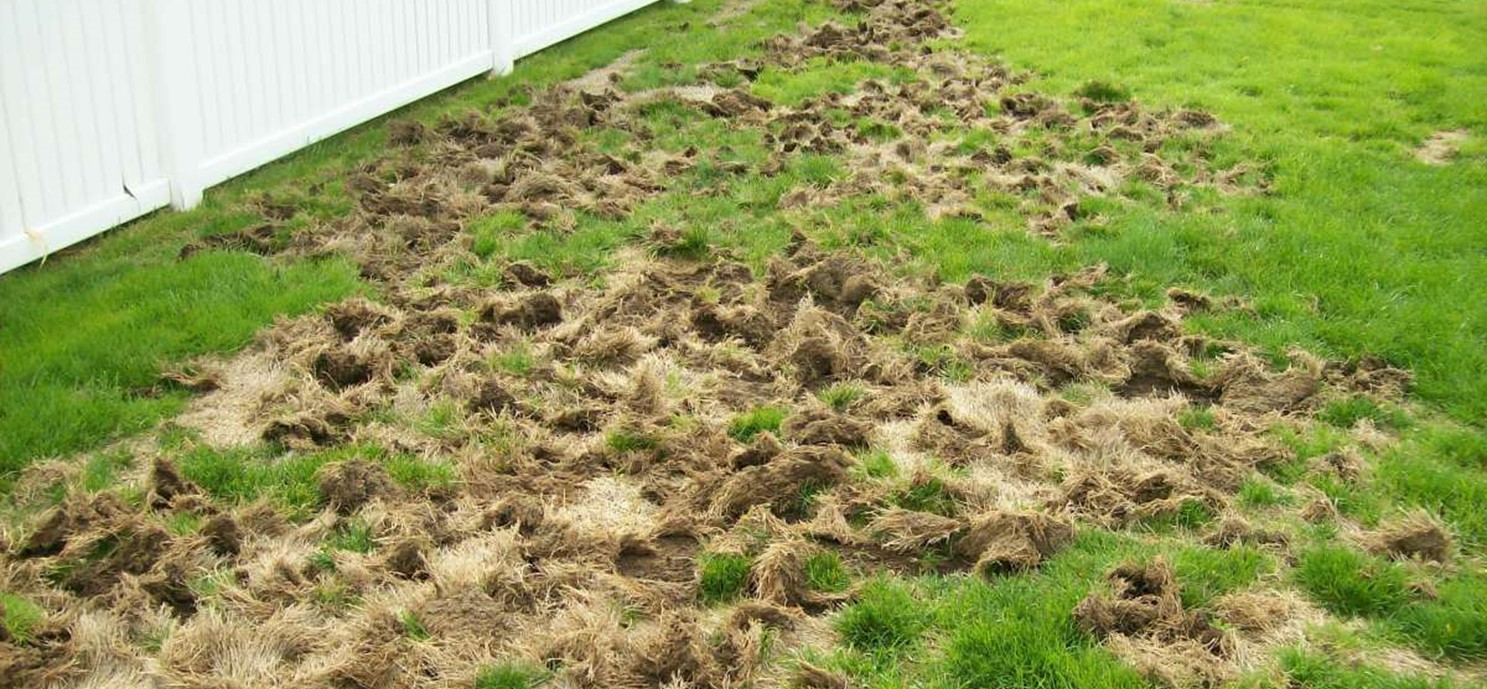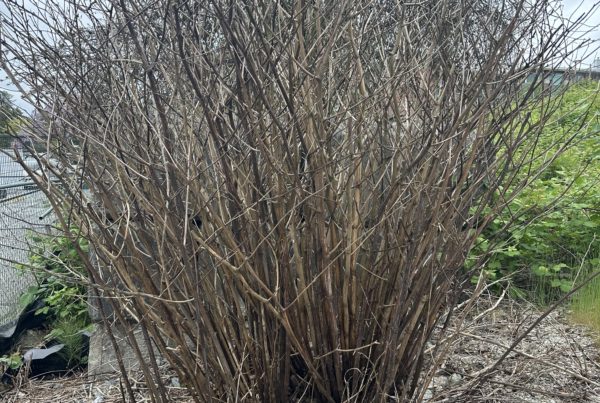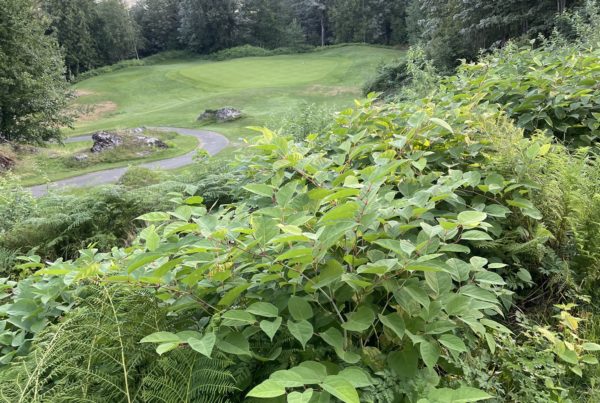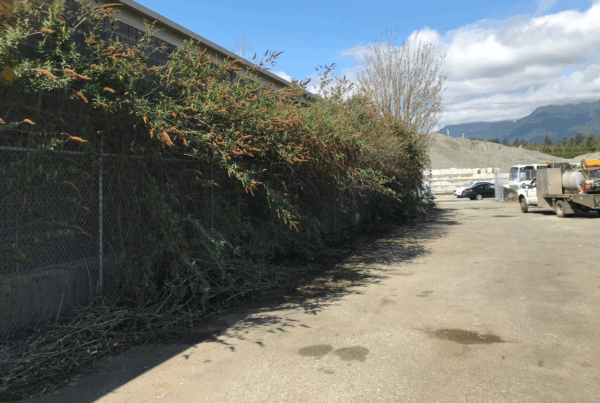Are you someone who prides themselves on maintaining a lush, green lawn? Perhaps you’ve meticulously seeded it over the years, engaged in annual aeration, and diligently watered it during dry spells. However, one day, you notice unsightly brown patches, torn-up areas, and weakened turf. The culprit? Chafer beetles. These pests can wreak havoc on residential lawns, leaving homeowners frustrated and desperate for effective solutions. In this article, we’ll delve into the life cycle of chafer beetles, their destructive impact on lawns, and the crucial role of professional services in managing and preventing infestations.
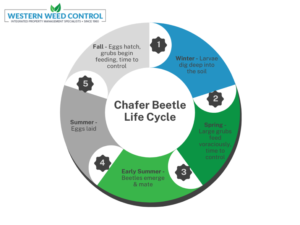 Chafer Beetle Life Cycle:
Chafer Beetle Life Cycle:
Chafer beetles undergo a complete metamorphosis, beginning as eggs laid in the soil by adult beetles. These eggs hatch into larvae, commonly known as grubs, which are responsible for the damage to lawns. Chafer grubs feed voraciously on grassroots, causing the grass to become loose and easily detachable. This feeding frenzy swiftly leads to patches of dead or dying grass. After several weeks or months, depending on environmental conditions, chafer grubs pupate underground before emerging as adult beetles. The cycle then repeats as the newly emerged adults seek out suitable soil to lay their eggs, perpetuating the cycle of lawn destruction.
Timing of Attacks:
Attacks on lawns vary depending on factors such as geographical location and environmental conditions. However, chafer beetles are most active during specific periods of the year, typically in late summer and early autumn when adult beetles lay their eggs. This means that larvae are most likely to be feeding on grassroots during the spring and early summer months, exacerbating lawn damage during these seasons.
Secondary Damage:
The challenge is not only with the damage the chafer beetles cause including patchy lawns and stripping the grassroots from the soil, but they attract other pests and predators. Animals such as birds, raccoons, and skunks are known to dig up the grass in search of chafer grubs as a food source. This secondary damage further worsens the problem and contributes to the destruction of the lawn.
Professional Treatment:
In our experience, homeowners have attempted to eliminate grub infestations in their lawns using store-bought products, to find themselves dissatisfied with the results by having to apply the treatment repeatedly. Our professional team utilizes a product that is safe for pets and people, while effectively targeting chafer beetles at all stages of their life cycle; from eggs to adults, ensuring thorough control. This specialized treatment requires only one application for a season, and is most effective during the spring and fall months. Bid farewell to torn-up lawns and hours spent trying to mitigate this issue.
Combating chafer beetle infestations requires a comprehensive approach, from understanding their life cycle to implementing effective treatment strategies. Entrusting the management of these pests to professionals provides thorough control and safeguards the vitality of your lawn with a single treatment, minimizing hassle for you.


